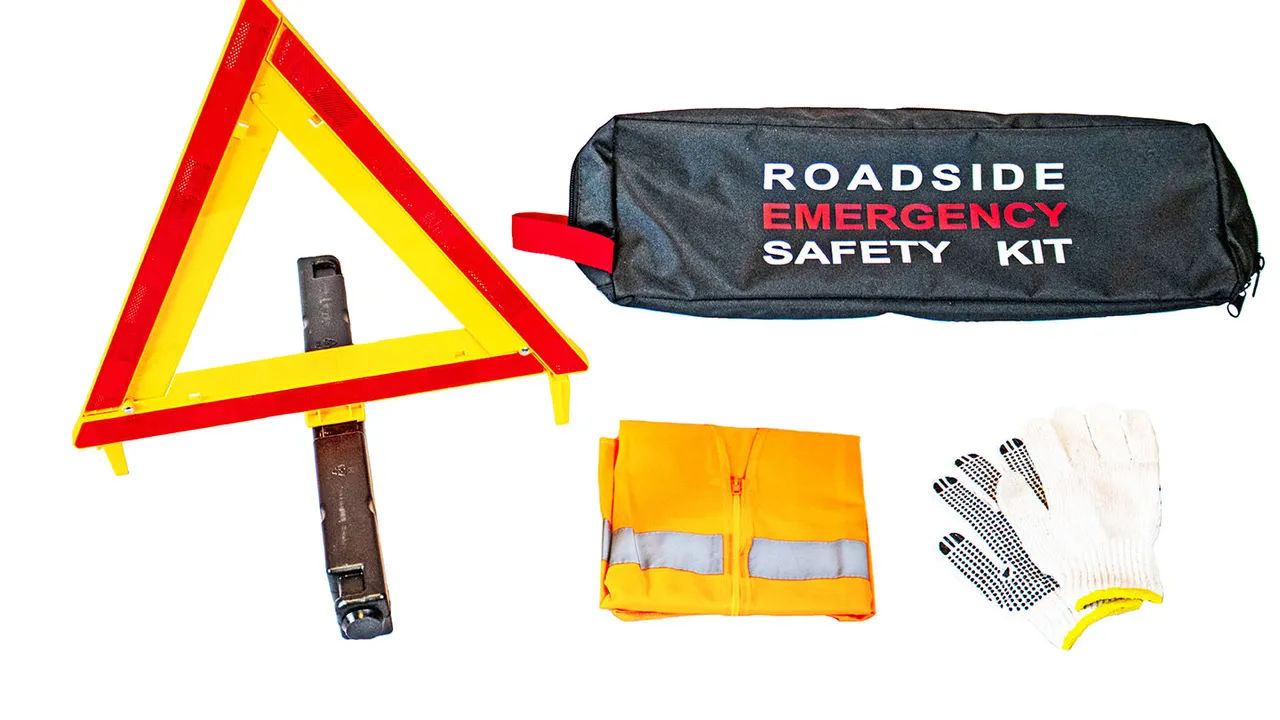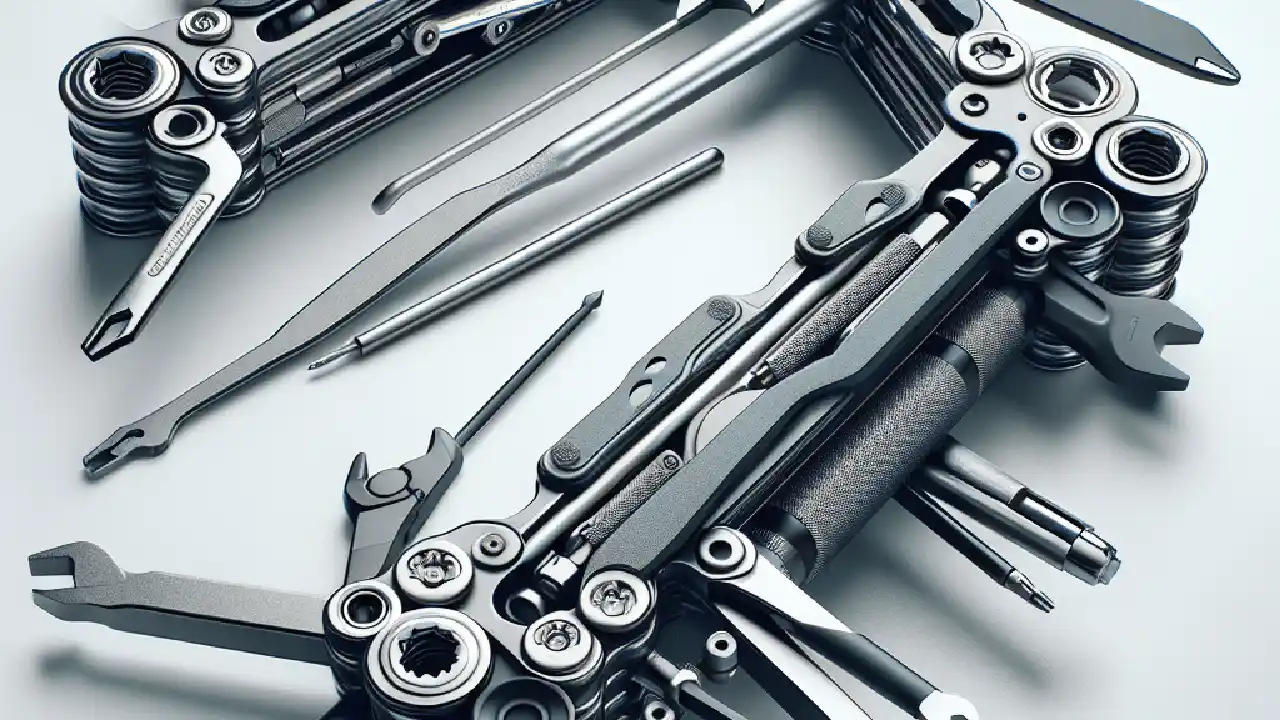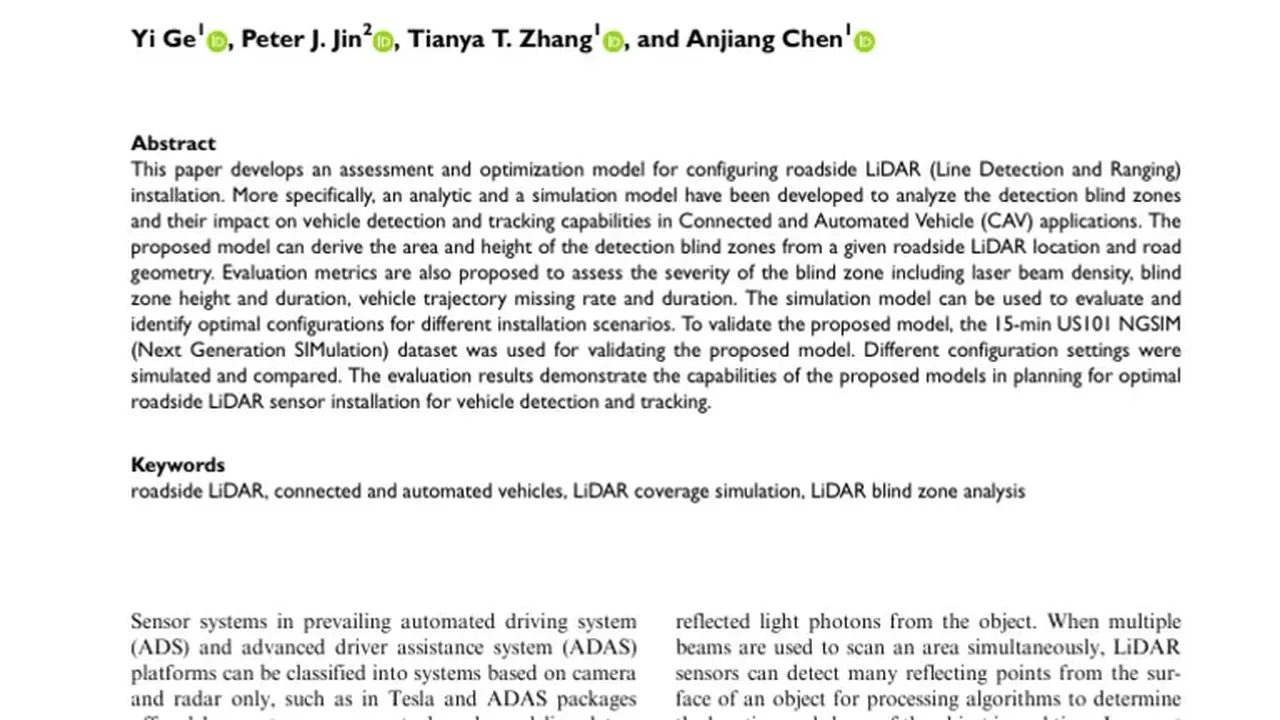How to Adjust Your Car's Brakes: Improving Performance

Understanding Your Car's Braking System A Key to Performance
Alright, let's dive into the nitty-gritty of car brakes. We're not talking about just slamming on the pedal and hoping for the best. We're talking about understanding how your braking system works and how you can fine-tune it for optimal performance. Think of it like this: your brakes are the unsung heroes of your car, quietly keeping you safe and sound. But like any hero, they need a little love and attention.
First things first, let's break down the basics. Your braking system typically consists of several key components: brake pads, rotors (or drums in older cars), calipers, brake lines, and the master cylinder. When you press the brake pedal, the master cylinder sends hydraulic pressure through the brake lines to the calipers. The calipers then squeeze the brake pads against the rotors, creating friction that slows down or stops your car. Simple enough, right?
But here's where it gets interesting. Different types of brake pads and rotors offer varying levels of performance. For example, ceramic brake pads are known for their quiet operation and long lifespan, while semi-metallic pads offer better stopping power but can be noisier. Similarly, slotted or drilled rotors can improve braking performance by dissipating heat more efficiently. Understanding these differences is crucial for choosing the right components for your driving style and needs.
And don't forget about brake fluid! Brake fluid is the lifeblood of your braking system, transmitting the hydraulic pressure that makes everything work. Over time, brake fluid can absorb moisture, which can reduce its effectiveness and even lead to corrosion. That's why it's important to flush and replace your brake fluid regularly, typically every two to three years.
Identifying Brake Problems Early Signs and Symptoms
Catching brake problems early can save you a lot of headaches (and money!) down the road. So, what are some of the telltale signs that your brakes might need attention?
- Squealing or grinding noises: This is often a sign that your brake pads are worn down and need to be replaced. Don't ignore these noises!
- Vibration or pulsation when braking: This could indicate warped rotors or other issues with your braking system.
- Soft or spongy brake pedal: This could be a sign of air in the brake lines or a problem with the master cylinder.
- Longer stopping distances: If it takes longer than usual to stop your car, your brakes might not be working properly.
- Brake fluid leaks: Check for leaks around the calipers, brake lines, and master cylinder.
- Brake light on the dashboard: This is a general warning sign that something is wrong with your braking system.
If you notice any of these symptoms, it's best to take your car to a qualified mechanic for inspection and repair. Don't wait until the problem gets worse!
Step-by-Step Guide Adjusting Your Car's Brakes for Better Feel
Now, let's get to the fun part: adjusting your car's brakes. Keep in mind that this is a general guide, and the specific steps might vary depending on your car's make and model. If you're not comfortable working on your brakes yourself, it's always best to consult a professional mechanic.
- Gather your tools: You'll need a jack, jack stands, a lug wrench, a socket set, a wrench set, a brake bleeder kit, and some brake fluid.
- Loosen the lug nuts: Before you jack up the car, loosen the lug nuts on the wheels you'll be working on.
- Jack up the car and secure it with jack stands: Make sure the car is securely supported by jack stands before you start working underneath it.
- Remove the wheels: Once the car is safely supported, remove the wheels.
- Inspect the brake pads and rotors: Check the brake pads for wear and tear. If they're worn down to the wear indicators, it's time to replace them. Also, check the rotors for cracks, warping, or excessive wear.
- Adjust the parking brake: The parking brake cable can stretch over time, which can affect its effectiveness. To adjust the parking brake, locate the adjuster nut (usually located under the car near the center console) and tighten it until the parking brake engages properly.
- Bleed the brakes: Bleeding the brakes removes air from the brake lines, which can improve brake pedal feel. To bleed the brakes, start with the wheel farthest from the master cylinder (usually the right rear wheel). Attach the brake bleeder kit to the bleeder screw on the caliper, open the bleeder screw, and have a helper press the brake pedal. Close the bleeder screw before releasing the brake pedal. Repeat this process until no more air bubbles come out of the bleeder screw. Repeat for each wheel, working your way closer to the master cylinder.
- Reinstall the wheels: Once you've finished adjusting and bleeding the brakes, reinstall the wheels.
- Lower the car and tighten the lug nuts: Lower the car and tighten the lug nuts to the proper torque specification.
- Test the brakes: Before you drive the car, pump the brake pedal several times to make sure the brakes are working properly. Then, take the car for a test drive to make sure the brakes feel good and that the car stops safely.
Product Recommendations Brake Pads Rotors and Fluids
Okay, so you're ready to upgrade or replace some brake components. Here are a few recommendations based on different driving needs and budgets:
Brake Pads
- For Daily Drivers: Akebono ProACT Ceramic Brake Pads - These pads are known for their quiet operation, long lifespan, and low dust. They're perfect for everyday driving and offer excellent stopping power. Expect to pay around $50-$80 per set. Usage scenario: Daily commuting, family trips.
- For Performance Enthusiasts: EBC Brakes Redstuff Ceramic Brake Pads - These pads offer superior stopping power and fade resistance compared to standard pads. They're a great choice for spirited driving and track days. Expect to pay around $80-$120 per set. Usage scenario: Track days, performance driving.
- For Budget-Conscious Drivers: Power Stop Z17 Evolution Ceramic Brake Pads - These pads offer a good balance of performance and affordability. They're a great option for drivers who want to upgrade their brakes without breaking the bank. Expect to pay around $30-$50 per set. Usage scenario: Daily driving, budget upgrades.
Rotors
- For Daily Drivers: Raybestos R-300 Performance Rotors - These rotors are a solid choice for everyday driving. They offer good heat dissipation and are resistant to warping. Expect to pay around $60-$100 per rotor. Usage scenario: Daily commuting, general use.
- For Performance Enthusiasts: StopTech SportStop Slotted Rotors - These rotors feature slots that help to dissipate heat and remove brake dust, improving braking performance. They're a great choice for spirited driving and track days. Expect to pay around $120-$200 per rotor. Usage scenario: Track days, performance driving.
- For Budget-Conscious Drivers: Centric Premium Rotors - These rotors offer a good balance of performance and affordability. They're a great option for drivers who want to upgrade their rotors without spending a fortune. Expect to pay around $40-$70 per rotor. Usage scenario: Daily driving, budget upgrades.
Brake Fluid
- For Daily Drivers: ATE TYP 200 Brake Fluid - This brake fluid is a popular choice for its high boiling point and excellent performance. It's a great option for everyday driving and spirited driving. Expect to pay around $20-$30 per liter. Usage scenario: Daily driving, spirited driving.
- For Performance Enthusiasts: Motul RBF 600 Factory Line Brake Fluid - This brake fluid is designed for high-performance applications. It has an extremely high boiling point and is resistant to fading. Expect to pay around $30-$40 per liter. Usage scenario: Track days, racing.
Product Comparison
Let's compare the Akebono ProACT (daily driver brake pads) versus the EBC Redstuff (performance brake pads):
| Feature | Akebono ProACT | EBC Redstuff |
|---|---|---|
| Stopping Power | Good | Excellent |
| Noise Level | Very Quiet | Moderate (can be noisy) |
| Dust Level | Low | Moderate |
| Lifespan | Long | Moderate |
| Price (per set) | $50-$80 | $80-$120 |
| Best For | Daily commuting, family trips | Track days, performance driving |
As you can see, the Akebono ProACT is a great choice for drivers who prioritize quiet operation and long lifespan, while the EBC Redstuff is a better choice for drivers who prioritize stopping power and fade resistance.
Troubleshooting Common Brake Issues A Quick Guide
Even with proper maintenance, you might encounter some common brake issues. Here's a quick troubleshooting guide:
- Brake pedal goes to the floor: This could be a sign of a major leak in the brake system or a problem with the master cylinder. Do not drive the car and have it towed to a mechanic.
- Brakes are locking up: This could be a sign of a problem with the ABS system or a stuck caliper. Have the car inspected by a mechanic.
- Brakes are dragging: This could be a sign of a stuck caliper or a problem with the parking brake. Have the car inspected by a mechanic.
Tools and Equipment Essential for Brake Work
If you're planning on working on your brakes yourself, here are some essential tools and equipment:
- Jack and jack stands: For safely lifting and supporting the car.
- Lug wrench: For removing and installing the wheels.
- Socket set and wrench set: For removing and installing brake components.
- Brake bleeder kit: For bleeding the brakes.
- Brake fluid: For replacing the brake fluid.
- Brake cleaner: For cleaning brake components.
- Torque wrench: For tightening lug nuts and brake components to the proper torque specification.
- Gloves: To protect your hands from brake fluid and other chemicals.
- Safety glasses: To protect your eyes from debris.
Safety Precautions Working with Brakes
Working on brakes can be dangerous if you're not careful. Here are some important safety precautions to keep in mind:
- Always wear safety glasses and gloves.
- Never work under a car that is not properly supported by jack stands.
- Use the correct tools for the job.
- Follow the manufacturer's instructions for all brake components.
- Dispose of used brake fluid properly.
- If you're not comfortable working on your brakes yourself, consult a qualified mechanic.
The Importance of Regular Brake Maintenance
Regular brake maintenance is crucial for keeping your car safe and reliable. Here are some things you can do to keep your brakes in good condition:
- Inspect your brake pads and rotors regularly.
- Replace your brake pads when they're worn down to the wear indicators.
- Replace your rotors if they're cracked, warped, or excessively worn.
- Flush and replace your brake fluid every two to three years.
- Adjust your parking brake as needed.
- Have your brakes inspected by a qualified mechanic at least once a year.
Advanced Techniques Brake Upgrades for Performance
If you're looking to take your braking performance to the next level, here are some advanced techniques and upgrades you can consider:
- Big brake kits: These kits include larger rotors and calipers, which provide increased stopping power and improved heat dissipation.
- Stainless steel brake lines: These lines are less prone to expansion than rubber lines, which can improve brake pedal feel.
- High-performance brake pads: As mentioned earlier, high-performance brake pads offer superior stopping power and fade resistance.
- Brake cooling ducts: These ducts direct airflow to the brakes, which can help to keep them cool and prevent fade.
Brake System Terminology A Glossary for Beginners
Here's a glossary of common brake system terminology:
- Brake pads: The friction material that presses against the rotors to slow down or stop the car.
- Rotors: The metal discs that the brake pads press against.
- Calipers: The hydraulic devices that squeeze the brake pads against the rotors.
- Brake lines: The hoses that carry brake fluid from the master cylinder to the calipers.
- Master cylinder: The hydraulic device that generates pressure when you press the brake pedal.
- Brake fluid: The hydraulic fluid that transmits pressure from the master cylinder to the calipers.
- ABS (Anti-lock Braking System): A system that prevents the wheels from locking up during hard braking.
- Brake fade: A loss of braking power due to overheating.
- Brake bleeding: The process of removing air from the brake lines.
Maintaining Brakes in Different Weather Conditions
Weather conditions can significantly impact your brakes. Here's how to maintain them in different environments:
- Rain: Wet conditions reduce friction. Ensure your tires have good tread, and allow for longer stopping distances. Consider using ceramic brake pads for better performance in wet conditions.
- Snow and Ice: Even more reduced friction. Winter tires are essential. Use gentle braking techniques to avoid skidding. ABS is crucial in these conditions.
- Heat: High temperatures can cause brake fade. Use high-quality brake fluid with a high boiling point. Consider slotted or drilled rotors to dissipate heat more effectively.
- Cold: Cold temperatures can make brake components brittle. Allow your brakes to warm up gradually before heavy use.
The Future of Braking Technology
Braking technology is constantly evolving. Here are some of the latest advancements:
- Regenerative braking: This technology, used in electric and hybrid vehicles, captures energy during braking and uses it to recharge the battery.
- Brake-by-wire: This system replaces the mechanical connection between the brake pedal and the brake calipers with an electronic system.
- Autonomous emergency braking (AEB): This system automatically applies the brakes to avoid or mitigate a collision.
Cost of Brake Repairs and Replacements
The cost of brake repairs and replacements can vary depending on the car's make and model, the type of brake components, and the labor rates of the mechanic. Here's a general estimate:
- Brake pad replacement: $100-$300 per axle.
- Rotor replacement: $200-$500 per axle.
- Brake fluid flush: $80-$150.
- Caliper replacement: $150-$400 per caliper.
Brake Pedal Feel What It Tells You
The feel of your brake pedal can tell you a lot about the condition of your braking system. Here's what different brake pedal feels might indicate:
- Firm and responsive: This indicates a healthy braking system.
- Soft or spongy: This could be a sign of air in the brake lines or a problem with the master cylinder.
- Low: This could be a sign of worn brake pads or a leak in the brake system.
- Vibrating or pulsating: This could indicate warped rotors.
DIY vs Professional Brake Service Weighing Your Options
Deciding whether to tackle brake work yourself or take it to a professional depends on your skill level, experience, and comfort level. If you're comfortable working on cars and have the necessary tools and knowledge, DIY brake service can save you money. However, if you're not comfortable or don't have the necessary tools, it's always best to consult a qualified mechanic. Brakes are critical for safety, so don't take any unnecessary risks.
:max_bytes(150000):strip_icc()/277019-baked-pork-chops-with-cream-of-mushroom-soup-DDMFS-beauty-4x3-BG-7505-5762b731cf30447d9cbbbbbf387beafa.jpg)






